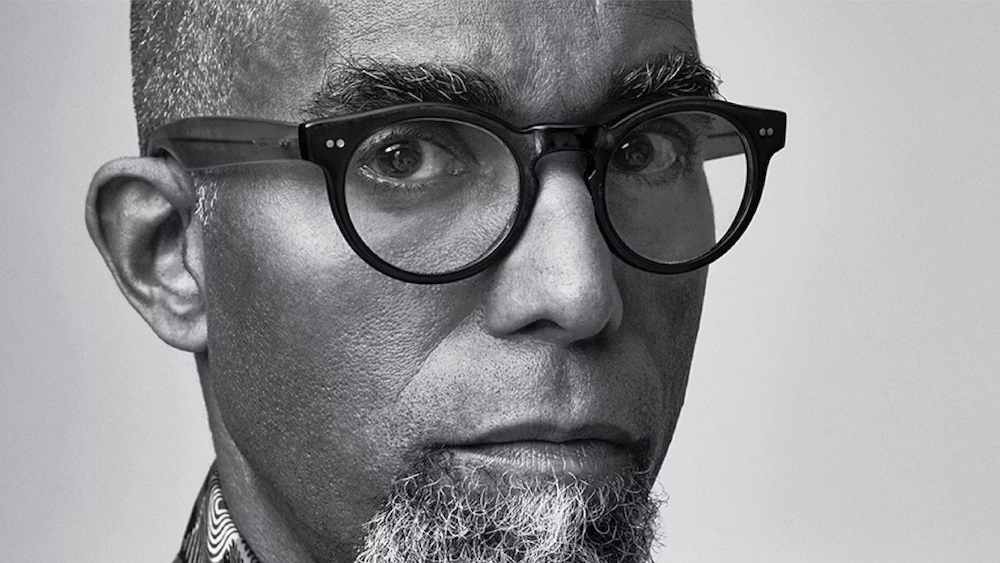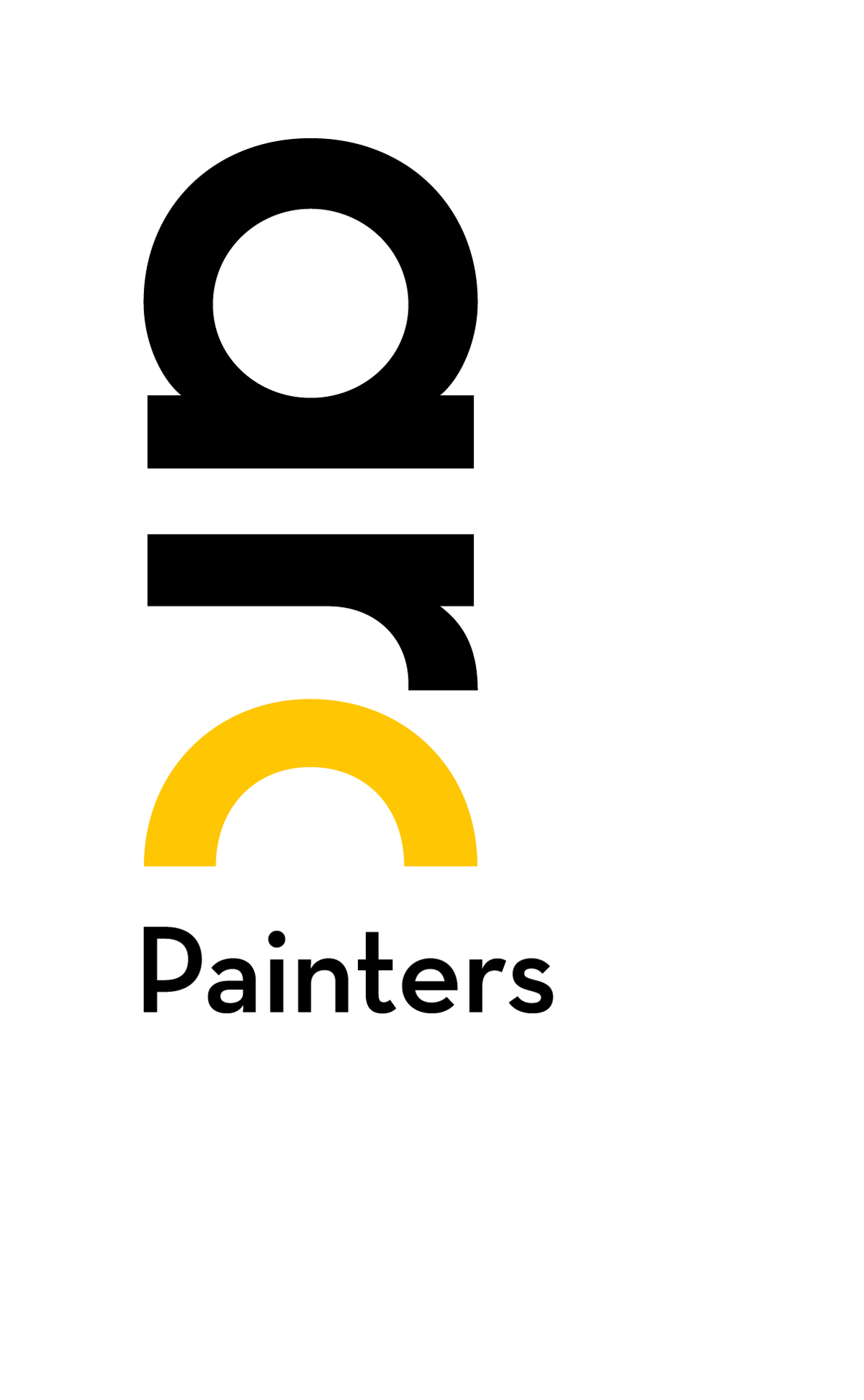Dread Scott
Visual Artist
United States

Dread Scott makes revolutionary art to propel history forward. He first received national attention in 1989 when his art became the center of controversy over its transgressive use of the American flag while he was a student at the School of the Art Institute of Chicago. President G.H.W. Bush called his art “disgraceful” and the entire U.S. Senate denounced and outlawed this work. Scott plays with fire—metaphorically and sometimes literally—as when he burned $171 on Wall Street and encouraged those with money to burn to add theirs to the pyre. His works can be hard-edged and poignant, working in a range of media including performance, photography, screen-printing, and video. Scott is a recipient of grants from the Creative Capital Foundation, the Open Society Foundation, the Pollock Krasner Foundation and United States Artists (an arts foundation not affiliated with the US government). He has been included in exhibitions at MoMA PS1, the Walker Art Center and the Whitney Museum of American Art. His work is in the collection of the Whitney Museum and the Brooklyn Museum, and has been featured on the cover of Artforum and the front page of NYTimes.com.
“Try to deeply understand the world. If you make work about something controversial, make sure you’re right. When work is threatened, stand up for the work and do it publicly. Rally support. Expand your team. If people are trying to kill you, make sure other people know they are trying to kill you. Finally, if it’s worth it, don’t back down.”
By the time I was 22 or 23 years old, I wanted to make sure that my art was in sync with where my political views were going. When I was 24, I had an artwork, What is the Proper Way to Display a U.S. Flag?, that became the center of a national controversy over its transgressive use of the American flag. I received death threats, bomb threats were phoned in to my art school that forced the school to close for a couple of days. The piece was outlawed by the federal government, and George W. Bush called it “disgraceful.” It’s significant to realize that art can be so powerful that the strongest government in the world—with its nuclear arsenal, its police, its air force, army, navy, and marines—could go so far as to gut the First Amendment to suppress art. Because the ideas can actually matter.
There was a year and a half when I was not alone a single moment. I didn’t have security, but I relied on my friends. I had to move about 25 times while staying on couches. I wasn’t just an individual on my own—there were various organizations and activists that were assisting me at the time. Ironically, even though that work is taught in classes as part of Art History 101, it is effectively banned. It hasn’t been shown in 15 years, and frankly it would be difficult to show. You’d have to be a major museum with security and be willing to withstand the punitive and retaliatory retorts to funding and possibly violence, even though the work is legal. Even though I didn’t directly suffer violence, the calculations that museums and galleries have to undergo to be able to show this work becomes a huge burden, a cost, recourse, an emotional and political question.
A Man Was Lynched by Police Yesterday, which was made in 2015, was an update of a banner that the NAACP used to fly the day after anybody was lynched in the 1920s and ‘30s. I added the words “by Police” to that banner, and when it was displayed by a gallery in New York the gallery was threatened with evictions and death threats. Instagram has also banned my work. When Trump called all these countries “shithole countries,” I posted a photo that replaced his mouth with an asshole. Instagram said that violated community standards. Trump saying these things doesn’t violate community standards, but talking about it does? They threatened to shut down my account. They found what I posted more threatening than when users say online that Black people are monkeys.
I actually think that the world as it exists right now is profoundly unjust and is deadly to millions of people, and it doesn’t need to be that way. While perhaps I could choose to have greater safety individually, the greatest safety I have is in trying to change the world. People need to have the courage to make art that fights for a radically different, far better world. I welcome all sorts of colleagues and comrades. When people look back on this era, they’ll say the artists in this area were on fire for doing work and making governments quake in their boots. We need to find a way to help dissident artists, especially in this country. Dissident artists are not something that only happens in other extreme, repressive countries.






